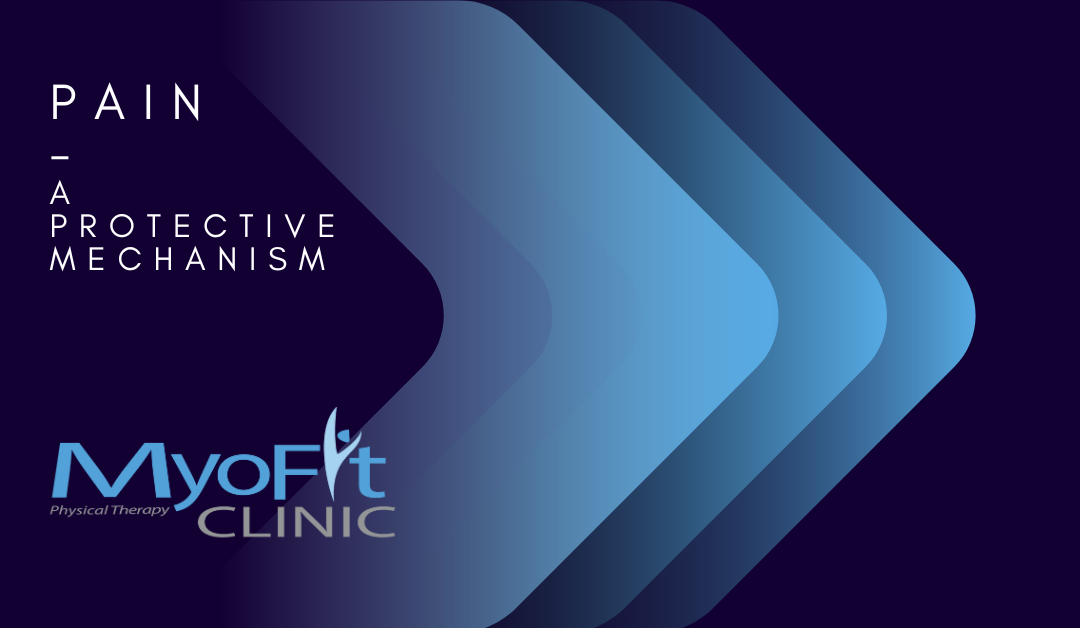Our body is an experience of a flow of stimuli from environmental factors, this can be detected by the receptors that we have in our tissues. Our body is made up of 45 miles of nerves, imagine relaying this stimulus to your brain and spinal cord. With this being done, our brain starts processing this information and then decides how our whole-being should respond to the stimuli. If the body feels that the input will be threatening, the mind and body understand this as pain. For example, if you accidentally not keeping in mind touching a hot surface and there are no signs of major injury. The brain will send a message that the pain will eventually subside and you are safe, that there’s not much harm done.
Some factors can contribute to the brain’s decisions whether or not a stimulus flow can pass as painful or not, such as experience, additional life stressors that you may feel, for now, lack of sleep, overall health and your happiness too, etc.
The pain that we feel every time is determined by our brain, which then influences by our environment and how we respond, for more than we believe in. We have more control over our pain than we may realize.
Physical therapists are trained professionals that are not only focused on movement but are also educated about pain, managing the pain, and the healing process that it might need. Do you feel any injury? Does it still cause you pain? Then your Physical Therapist can help out with managing the pain that you are feeling.
Our pain management services include:
Intramuscular Stimulation- dry needling (IMS/DNT): IMS is a unique procedure that targets muscle function to improve tissue healing and muscle restoration. This technique utilizes thin solid filament dry needles to deactivate and desensitize trigger points within the muscle belly. Trigger points are known to contribute to pain, limited flexibility, and poor muscle function. This effective method of pain relief is safe and particularly useful for individuals suffering from many neuromusculoskeletal conditions.
Instrumental assisted soft tissue mobilization (IASTM): There are two main functions of IASTM: to break up abnormal tissue densities and to reinitiate healing in the tissues by promoting blood flow and removes excess cellular waste. The therapist utilizes specially-designed surgical steel instruments, along with appropriate pressure, and therapeutic exercise to effectively treat areas with soft tissue restriction and chronic inflammation in order to return soft tissue such as muscles, tendons, and ligaments to normal functioning ability.
Low-level light laser (LLLT): LLLT or “cold laser” utilizes low-power laser light to alter cellular function. These lasers stimulate cellular function and reduce pain by speeding up the natural healing process of your body. This modality enhances the healing of joint and soft tissue injuries and has been found to be especially beneficial for acute pain, wound healing, arthritis pain, and joint disorders.
Trigger Point Therapy: A trigger point is an area within a muscle that is tight and holds tension. These points cause pain in that area and refer pain to other parts of the body. The therapist applies firm pressure to the trigger point, leading to muscle relaxation and pain reduction. For many people with chronic pain, trigger points can be prevalent throughout the upper back and neck. Trigger point therapy can be extremely beneficial for those who have dealt with chronic pain.
Massage: Massage is one of society’s oldest forms of natural healing and pain relief. Massage promotes tissue repair, reduces muscle tension and cramping, and reduces inflammation. There are several different forms of massage and your skilled therapist will determine which form best suits your pain-needs. Massage has been shown to reduce stress and release endorphins into the body, allowing the body to relax. Because chronic pain leads to muscle spasm and tension, massage is an excellent means of pain reduction, reducing muscle tension and relieving pain.
Transcutaneous Electrical Nerve Stimulation (TENS): TENS utilizes electrical stimulation to decrease pain. Electrodes are placed over the area of pain and the machine conducts electrical currents. You sense a gentle tingling in the skin and the electric signal disrupts the pain nerve pathway. By blocking the pain pathway, you feel relief from pain symptoms.
